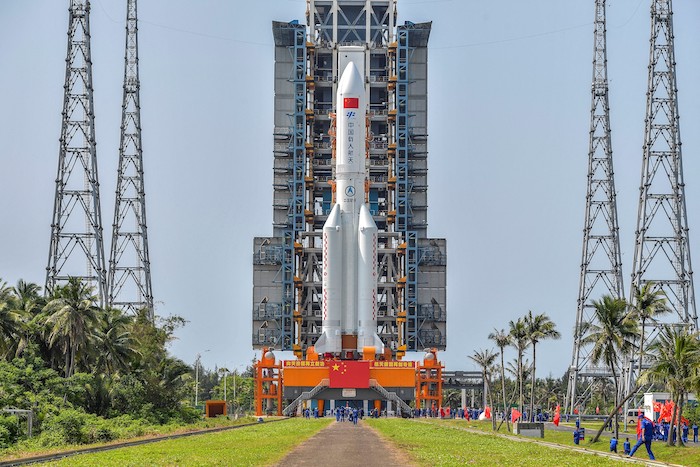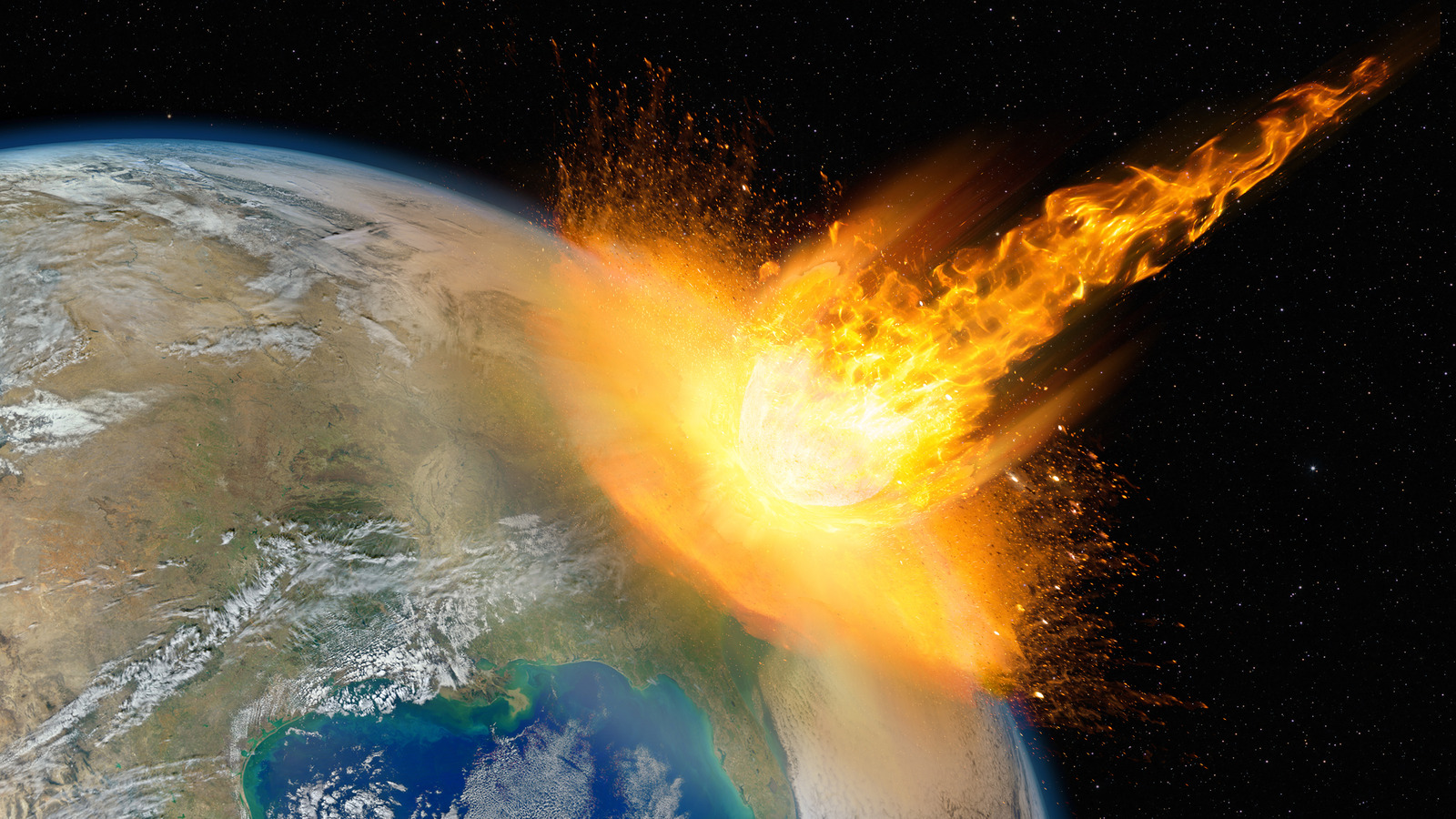The Strange Clocks of the Planets- Time is something we rarely question on Earth. A day is 24 hours, a year is 365 days, and a month roughly follows the cycle of our Moon. But once you step off Earth and explore other planets in the Solar System, the very meaning of a “day” or a “year” becomes strange, sometimes even mind-bending. Planets spin at different speeds, orbit the Sun at different distances, and in some cases, even rotate backwards. In other words, each planet keeps its own peculiar clock.
Let’s travel through the Solar System and see how these strange clocks tick.
Mercury: The Sun’s Slow Dancer
Mercury, the closest planet to the Sun, has one of the strangest schedules of all. Its day lasts 59 Earth days, while its year is just 88 Earth days. That means a single sunrise to sunrise cycle (a solar day) is actually longer than its year. If you lived on Mercury, you’d celebrate New Year’s Day before the Sun even rose again. That’s a clock only Mercury could keep.
Venus: The Backwards World
Venus takes the prize for the weirdest rotation. A day on Venus lasts 243 Earth days, making it the slowest spinner in the Solar System. But here’s the twist: its year is only 225 Earth days. So, a day on Venus is longer than a year!
And to make it even stranger, Venus rotates backwards compared to most other planets. On Earth, the Sun rises in the east and sets in the west, but on Venus, it would appear to rise in the west and set in the east—after waiting nearly eight month.
Earth: The Balanced Clock
Our planet’s clock feels perfectly tuned to human life. A day is 24 hours, a year is 365 days, and a month averages 29.5 days thanks to the Moon. Compared to other planets, Earth’s system of timekeeping is remarkably stable and comfortable. It almost feels as if nature designed Earth’s clock for living things to thrive.
Mars: The Almost Twin
Mars is often called Earth’s sibling, and when it comes to time, that’s true. A day on Mars (a “sol”) lasts 24 hours and 37 minutes, making it only slightly longer than our own. But a year on Mars stretches to 687 Earth days, nearly double Earth’s.
If humans ever colonize Mars, adjusting to its day would be easy, but birthdays would be harder to come by. A 10-year-old on Mars would actually be about 19 in Earth years. Mars also has two tiny moons—Phobos and Deimos—so its “months” would be measured in hours and days, not weeks.
Jupiter: The Speeding Giant
The largest planet in the Solar System also has the fastest spin. A day on Jupiter lasts just 10 hours, which means the planet whirls so quickly that it bulges at the equator. But its year lasts 12 Earth years.
Jupiter’s many moons—95 at last count—make its timekeeping even stranger. Some, like Ganymede, orbit in a week. Others take months. If you lived there, you’d be juggling dozens of calendars at once.
Saturn: The Ringed Keeper of Long Years
Saturn spins almost as fast as Jupiter, with a day lasting about 10.7 hours. But its year drags on for 29 Earth years. Imagine being a child born on Saturn—you wouldn’t celebrate your first birthday until you were nearly 30 years old on Earth. Saturn’s largest moon, Titan, takes 16 Earth days to orbit, giving Saturn its own unique “month.”
Uranus: The Sideways Clock
Uranus keeps time in its own peculiar way. A day lasts 17 hours, but the real oddity is how it spins. The planet is tilted on its side by 98 degrees, rolling like a barrel as it orbits the Sun. This means that Uranus has extreme seasons, each lasting 21 Earth years. A summer or winter holiday there would truly last a lifetime. Its year is an incredible 84 Earth years, so few people would live long enough to see Uranus complete a single orbit.
Neptune: The Frozen Timekeeper
Neptune, the farthest planet from the Sun, spins in 16 hours, but its year takes 165 Earth years. In fact, since its discovery in 1846, Neptune has only completed one full trip around the Sun (in 2011). If you were born there, you’d probably never see your first birthday. Neptune’s largest moon, Triton, orbits in six Earth days—but it does so backwards, defying Neptune’s rotation.
Pluto: The Slow Dwarf with a Loyal Partner
Though no longer classified as a major planet, Pluto has one of the most fascinating clocks. Its day lasts 6.4 Earth days, and its year drags on for 248 Earth years. Pluto and its largest moon, Charon, are tidally locked, always showing the same face to each other. For them, a “day” and a “month” are exactly the same length—6.4 days. Time on Pluto runs in a rhythm unlike anywhere else.
The Bigger Picture: Time Is Not Universal
The strange clocks of the planets remind us of an important truth—time is relative to where you are. A day, a month, or a year is not a fixed reality but a product of motion: how a world spins, how it tilts, how its moons orbit, and how it circles its star.
On Earth, we enjoy a rhythm that feels natural and predictable. But elsewhere, time is stretched, squeezed, reversed, or frozen. From Mercury’s two-year-long sunrise to Venus’s backward days and Neptune’s century-spanning years, the Solar System is full of clocks that remind us just how diverse and strange our universe really is.
So the next time you feel that your Monday is dragging on forever, just remember—on Venus, it really does.



